Man gave names to all the animals
In the beginning, in the beginning
Man gave names to all the animals
In the beginning, long time ago.
Bob Dylan
Perhaps you are reading this because you are naively curious, having never experienced a bad boss yourself. If so, I am deeply envious (and, yeah, a little incredulous). Throughout my working life across four decades, I have had a couple okey-dokey bosses, and only one who was truly superb. All the rest you can meet in much of what I write throughout my blog.
If, though, you are like most of humanity, you have had a bevy of bad bosses in your past and present. If you are a boss, chances are that you are a less-than-stellar boss to some degree. Sorry. It’s not me, it’s statistics, but feel free to defy the stats. Someone has to be above average, and according to the report I linked, women are more likely to be so than men (but not always, so don’t rest on that either).
Among the myriad effects bad bosses have on their organizations is the tendency of the employees to sort themselves into dysfunctional classes in order to protect themselves and advance their interests. Most of us as employees, whatever our titles, have occupied more than one of these classes in response to changing jobs and circumstances.
Perhaps you can locate yourself on this list. Or maybe I missed a category. I’d love to hear from you whatever the case. Feel free to leave a comment.
If you are currently a boss, try to see how your employees settle into these classes. Pro Tip: if such categories are easily identifiable, rigid, and widespread, you have some work to do as a boss. If, on the other hand, as a boss you cannot identify these classes among your employees, look again and look again and look again. Self-deception is all too easy.
For this analysis I am calling on help from my good friend Bob Dylan1 and his weird Old Testamenty kids’ song, “Man Gave Names to All the Animals.” In it, Dylan sings about “man” (presumably Adam) encountering different creatures in order to assign them an appropriate moniker, albeit in English. I present the verses here out of sequence to suit my purposes, but you can read the complete lyrics here.2
He saw an animal leavin’ a muddy trail
Real dirty face and a curly tail
He wasn’t too small and he wasn’t too big
“Ah, think I’ll call it a ___”
PIG
I start with the pig class because they are the most productive and seemingly functional employees in a dysfunctional environment. They are pigs not because they are covered in filth and reek, though that may be, but because as pigs, they toil relentlessly and often mindlessly it seems.
This class consists of those who’s work ethic itself is a dodge of workplace dysfunction. They put their heads down and rut through the daily muck hoping no one will bother them. When talk of workplace politics breaks out around them, the pig’s response ranges from reluctant acknowledgement to contemptuous denial, but they will always take the first opportunity to scramble back to their rutting. Ironically, their very dedication gives cover to their crappy boss, who just takes them for granted.
Next animal that he did meet
Had wool on his back and hooves on his feet
Eating grass on a mountainside so steep
“Ah, think I’ll call it a _____”
SHEEP
Similar to the pigs are the sheep class. Both groups use denial and avoidance to cope with a dysfunctional workplace, but sheep appear to be allergic to negativity. Some may even deny the obvious and pretend that everything is wonderful, smiling and blithely bleating in the presence of brutal dysfunction. They often display a woolly-headed cognitive dissonance that renders them barely effectual as employees and barely tolerable as colleagues. They would happily follow the flock to slaughter.
Nonetheless, their seemingly amiable demeanor, rounded out by their perpetual simper, protects them from the scrutiny of their overseers who tolerate and use but rarely respect the sheep class. A not unlikely outcome is for the sheep to get shorn.
He saw an animal that liked to growl
Big furry paws and he liked to howl
Great big furry back and furry hair
“Ah, think I’ll call it a ____”
BEAR
The bear class can be mighty and fierce seeming, but bears tend to flee uncomfortable situations after their big show of ferocity. Bears would rather run than fight or even just stand there and witness. At a great distance, a bear can easily be mistaken for a sheep and may even, through the magical power of deep denial, transmogrify into one, but as bears they threaten loudly before stealing away from the dysfunction roiling around them. The only time a bear may deign to put up a resistance is when someone threatens something they value, and even then it is mostly just bluster and posturing.
A bear will be most excellent at pretending to be valuable and productive but really could just disappear into a cave for months, and no one would notice.
He saw an animal that liked to snort
Horns on his head and they weren’t too short
It looked like there wasn’t nothin’ that he couldn’t pull
“Ah, think I’ll call it a ____”
BULL
Pity the bull class. Workplace bulls may be few in number, but they are far from elite. These are the employees who save every email, take notes to memorialize meetings, and keep their resume updated in order to protect themselves although at times they may foolishly put themselves at risk to protect others. Bulls fancy themselves the most clear-eyed denizens of the workplace, able to see through the BS, but in reality their depth perception can be quite limited.
A bull’s productivity will vary, but they can be highly effective when they are devoted to their work. Unlike pigs, though, they frequently charge up their own paths to progress, which adds another source of friction.
Of all the workplace fauna, the bull is the most likely to get roasted.
He saw an animal as smooth as glass
Slithering his way through the grass
Saw him disappear by a tree near a lake3
SSSSSS
The snake class is ubiquitous in the dysfunctional workplace. Every sucky boss fosters the flourishing of at least one scurrilous, slithering snake. This small and supercilious class constitutes the collaborationists. Snakes flick their tongues to lick up to the boss or do so by selling out those who may menace or are simply bothersome. They use sycophancy, self-praise, snitching, and slander to please the boss. The most insidious snakes will slither into a singular intimacy with their simpleminded boss so as to foster a constrictive codependency.
Snakes may be constructive employees but usually in extremely deleterious ways. Still, they almost always assert their status as the hardest-slaving, most indispensable employees, but their results never match their self-hype. If you run across a self-sainted and supercilious workplace martyr, you are usually in the presence of a snake.
In return for the snake’s insidious service, the boss provides them with outsized license and praise. Snakes, in contrast, harbor a secret scorn for the boss, hissing behind their back and ready to strike in every direction.4
As I mentioned before, employees sort themselves in order to protect their position or advance their interests in the face of rank dysfunction. Needless to say, though, all this bestial sorting and behavior distracts from and severely limits productivity and employee wellbeing. Fortunately there is a solution, a way of eliminating these categories from your work life and preventing them from ever plaguing your workplace again. It is remarkably simple, elegant even, in its economy.
If you are a boss, be a better boss.
If you are the victim of a bad boss, one way or another, get a good boss. Better yet, become your own boss. I did.
Share your thoughts on this topic or participate in a discussion by leaving a comment below or by contacting me directly by email:
You must register with Substack to leave a comment, which stinks but is painless and risk free.
I look forward to hearing from you.
Post this essay on social media or send it by email to someone you want to intrigue/annoy.
Subscribe to receive my weekly newsletter and special editions directly to your mailbox.
You can improve your ability to achieve your organization’s mission.
Visit my website and reach out to me to learn how.
We have never met.
Perhaps you are wondering why I am using this most silly of Bob Dylan songs to frame my argument. The reason is simple: because I want to.
Here, in performance, Dylan either ends the verse abruptly or has his backup singers hiss, which makes this weird song even weirder.






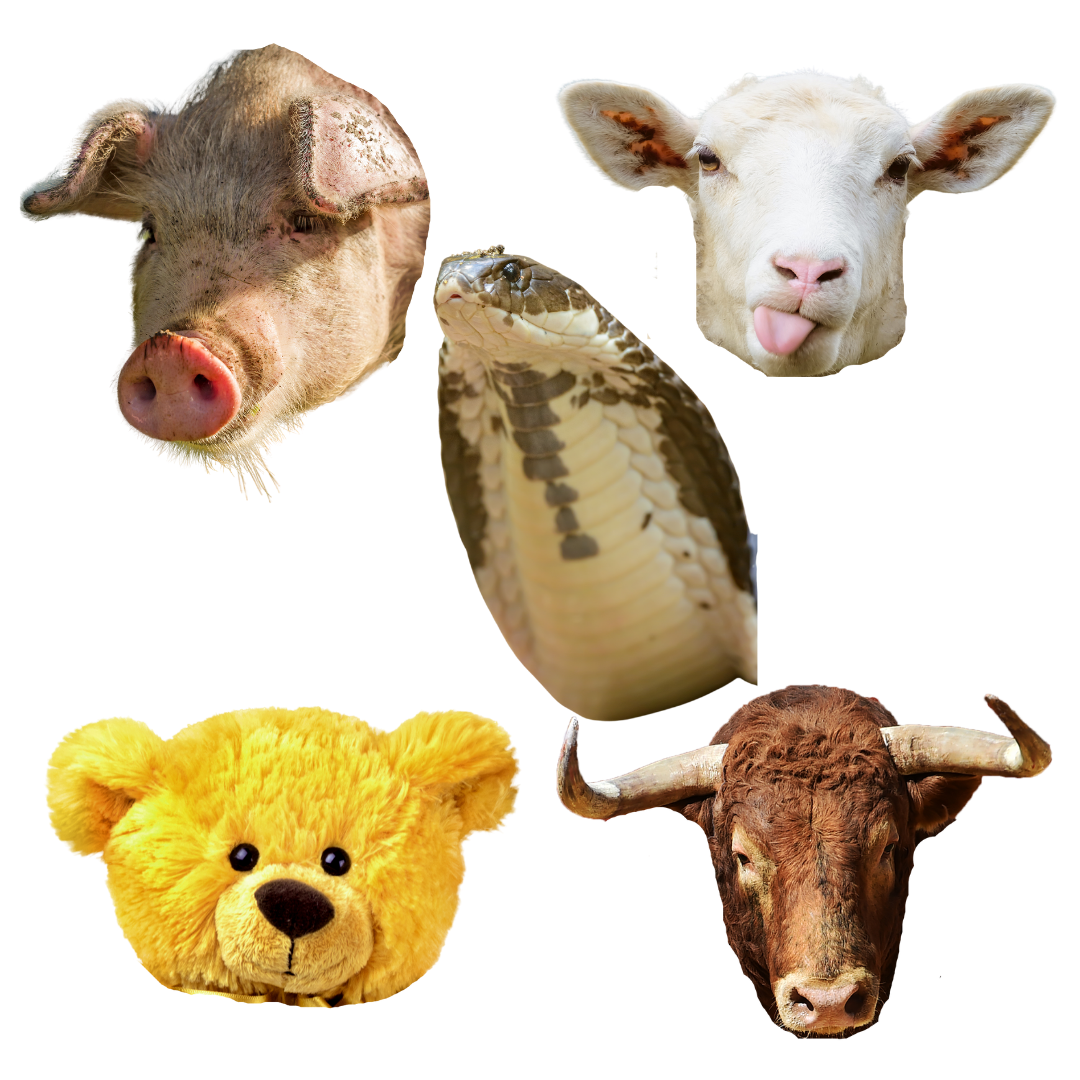
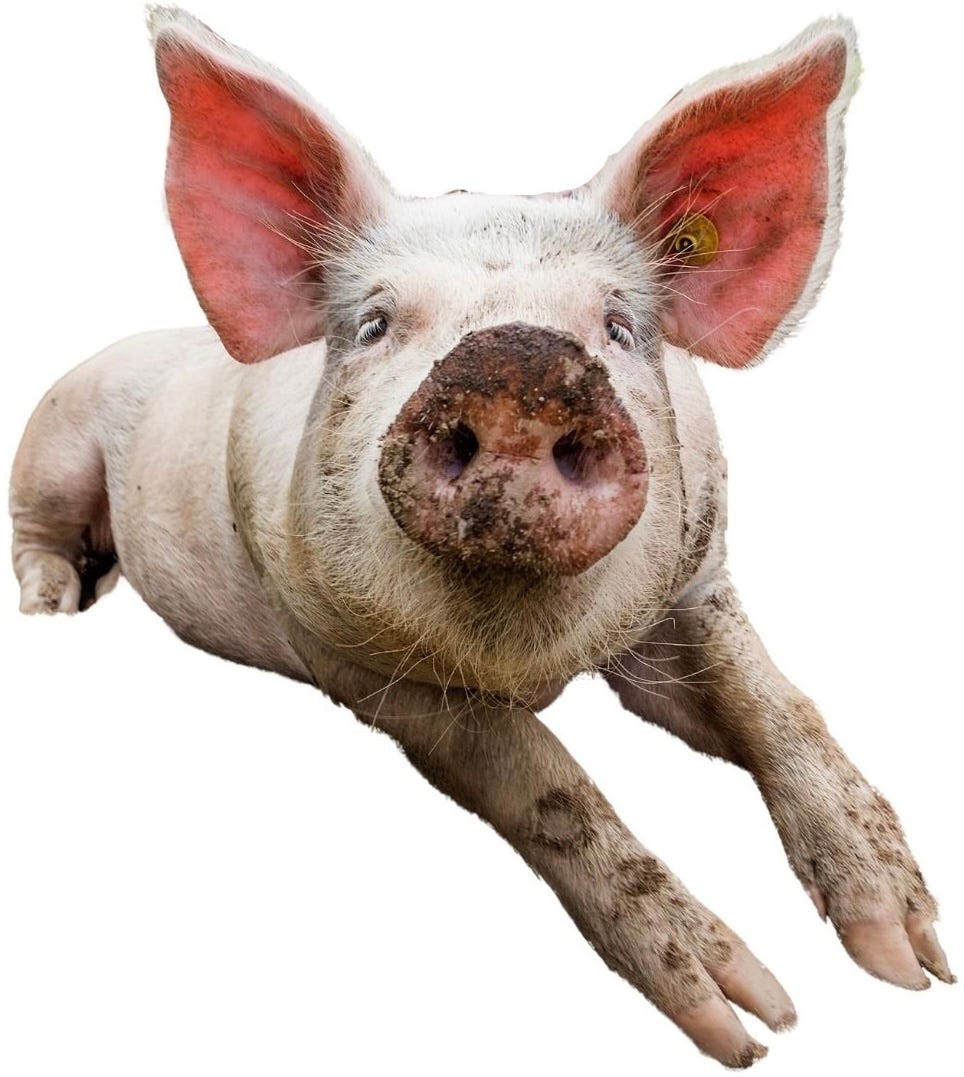
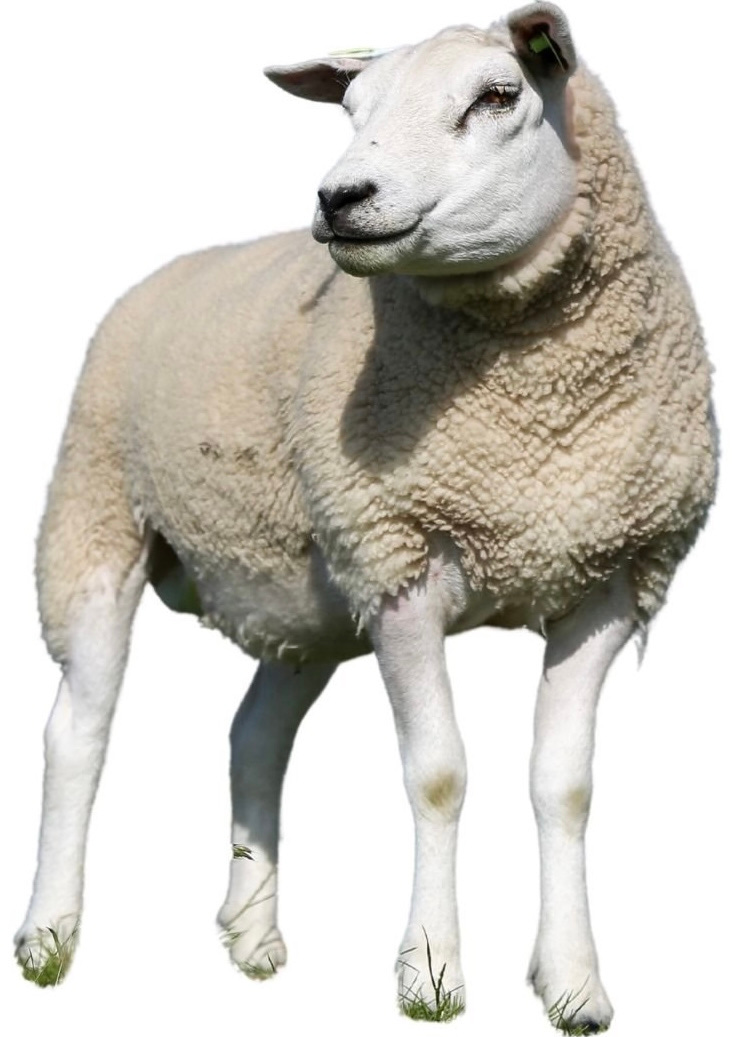
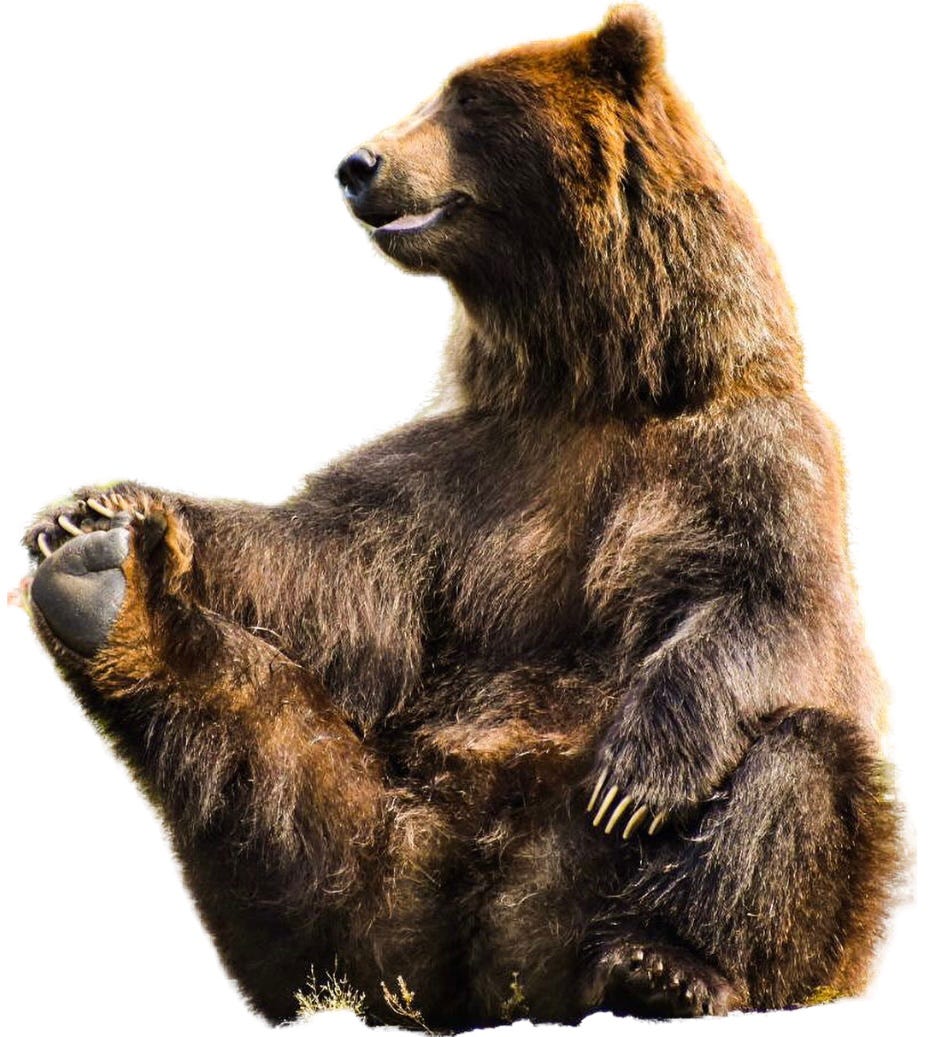
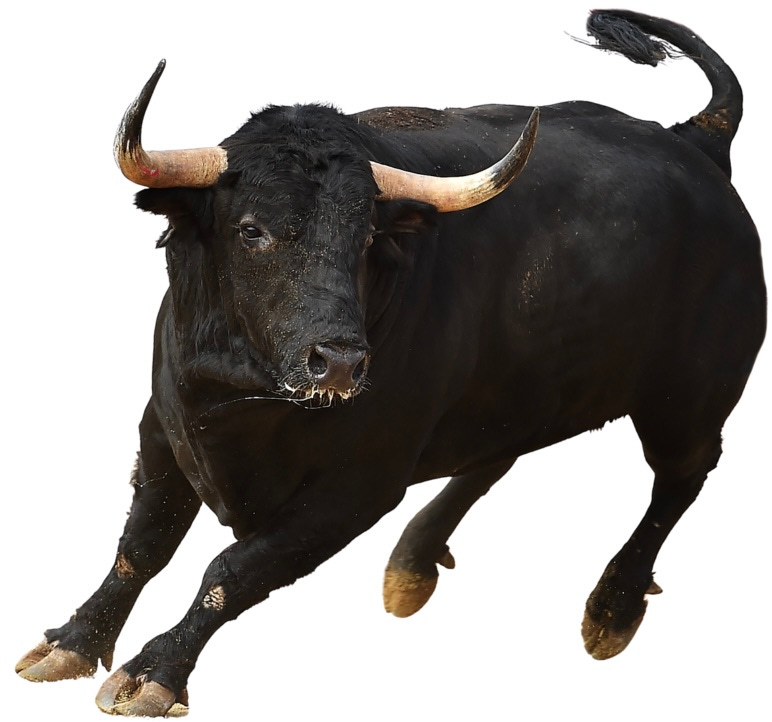
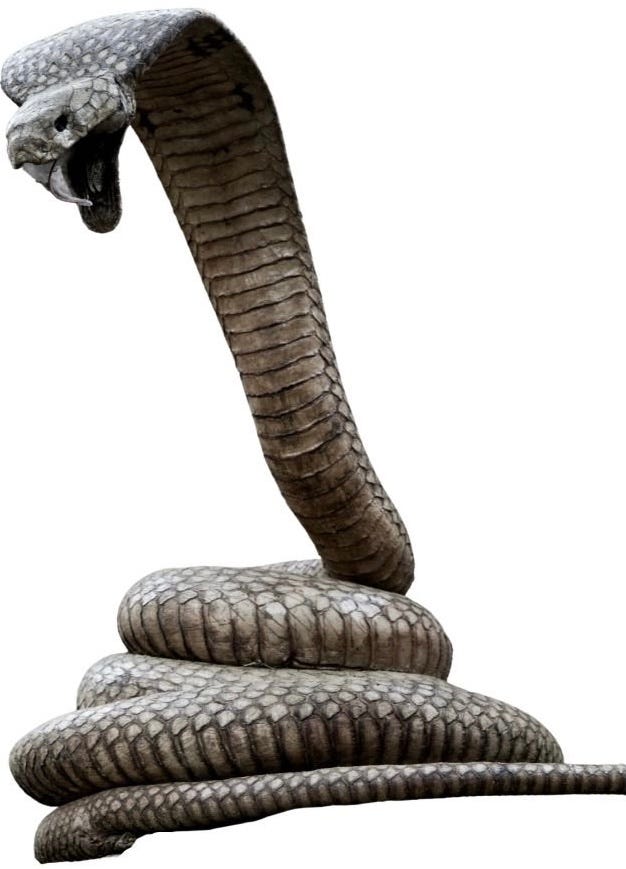









Share this post